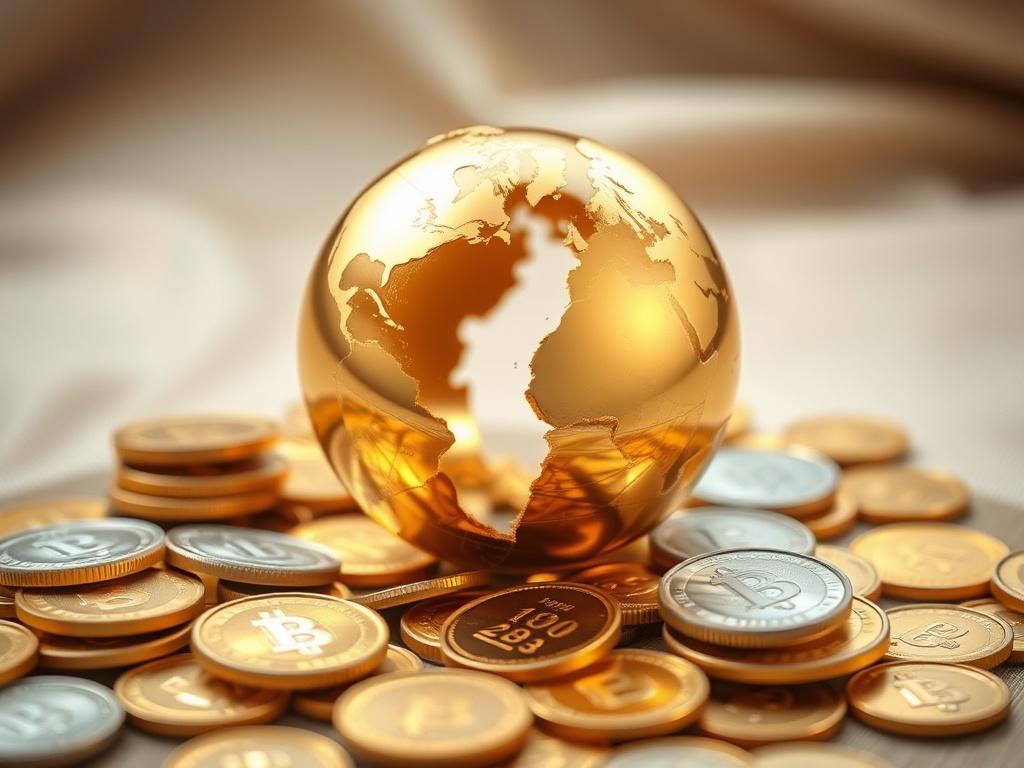
As we approach the end of 2025, the landscape of global precious metal acquisitions is evolving rapidly, with several countries stepping up their gold and silver purchases. Investors and governments alike are recognizing the importance of these assets as a hedge against economic uncertainty and inflation. This blog post will explore which countries are actively vying for gold and silver, shedding light on the dynamics driving their buying behavior in the current financial climate.
In this analysis, we will delve into the leading nations that are propelling this surge in precious metal investments, examining their motivations and strategies. By understanding these trends, readers will gain insight into the broader implications for the global economy and what it signals for the future of gold and silver markets. Join us as we navigate the intricate world of gold and silver acquisition at the end of 2025.
Overview of global gold and silver buying trends in late 2025
As we approach the end of 2025, the global market for gold and silver experiences significant shifts, driven by various economic factors and geopolitical uncertainties. Investors and central banks alike have ramped up their purchases of these precious metals, pushing demand to new heights. This trend reflects a broader strategy among nations and institutions to bolster their financial portfolios against inflation, currency fluctuations, and potential economic crises. The increasing recognition of gold and silver as critical assets for wealth preservation has prompted a surge in acquisitions across multiple regions.
Emerging economies, particularly in Asia, are playing a pivotal role in this growing appetite for precious metals. Countries like India and China have ramped up their gold purchases, influenced by cultural preferences and ongoing economic expansion. Meanwhile, Western nations are also joining the fray, as central banks prioritize gold reserves to secure their currencies' strength. The collective movement towards gold and silver not only highlights an investment strategy but also signals a shift in confidence away from traditional fiat currencies. This dynamic landscape sets the stage for understanding which countries are leading this precious metal acquisition trend and what motivations drive their actions.
Countries leading the charge in precious metal acquisitions
As of late 2025, several countries stand out as significant players in the gold and silver markets. China continues to lead the pack, not only expanding its wealth reserves but also aiming to bolster its currency’s global standing. The central bank of China has ramped up its gold purchases throughout the year, signaling a strategic effort to secure financial stability amid fluctuating economic conditions. Additionally, India remains a major buyer, leveraging its cultural affinity for gold. The country’s growing demand for physical gold, especially during festivals and wedding seasons, plays a crucial role in its ongoing acquisition efforts.
Other countries making notable strides in their gold and silver purchases include Russia and Turkey. Both nations have recognized the importance of precious metals as a hedge against geopolitical risks and inflation. Russia has significantly increased its gold reserves to fortify its economy amid international sanctions, while Turkey’s central bank has actively sought to diversify its foreign exchange reserves by adding more gold. These countries reflect a broader trend of nations prioritizing precious metals as safe-haven assets, particularly in an era of economic uncertainty and rapid changes in the global financial landscape.
Reasons behind the surge in gold and silver investments
As we approach the end of 2025, various factors contribute to the escalating demand for gold and silver across the globe. Economic uncertainties, primarily stemming from fluctuating inflation rates and geopolitical tensions, push investors to seek safer assets. In times of financial instability, gold and silver often serve as reliable hedges against currency devaluation. Countries experiencing economic turmoil or those facing political upheaval prioritize acquiring precious metals to secure their national assets and stabilize their economies. This trend is further fueled by central banks aiming to strengthen their reserves and diversify their portfolios amidst volatile markets.
Another pivotal reason for the increased acquisition of gold and silver is the growth of investor sentiment surrounding sustainable and tangible assets. As more individuals turn towards wealth preservation strategies, they view precious metals as a means to safeguard their finances against potential downturns. Additionally, industrial demand for silver continues to rise, driven by its applications in technology, renewable energy, and manufacturing. This unique interplay between safe-haven investments and industrial usage solidifies gold and silver's appeal, leading countries to ramp up their purchasing activities as they anticipate future market shifts.